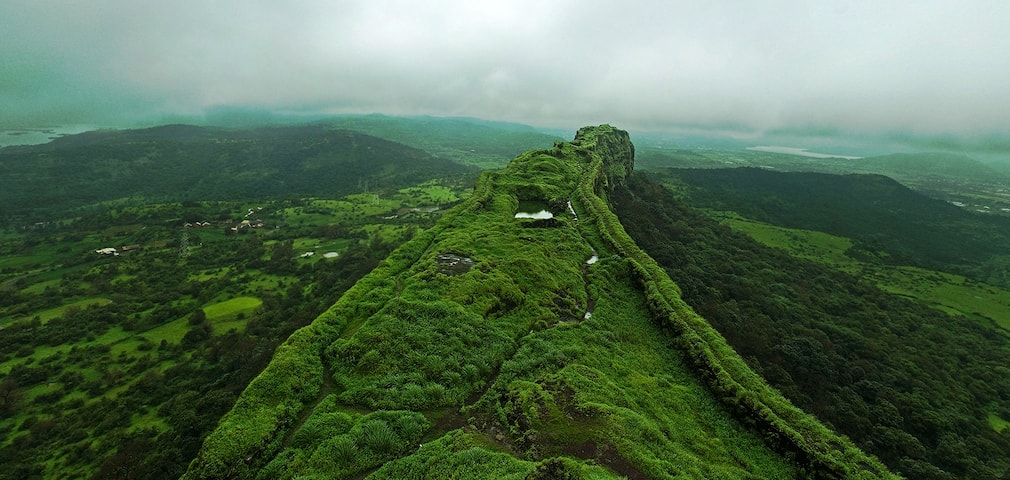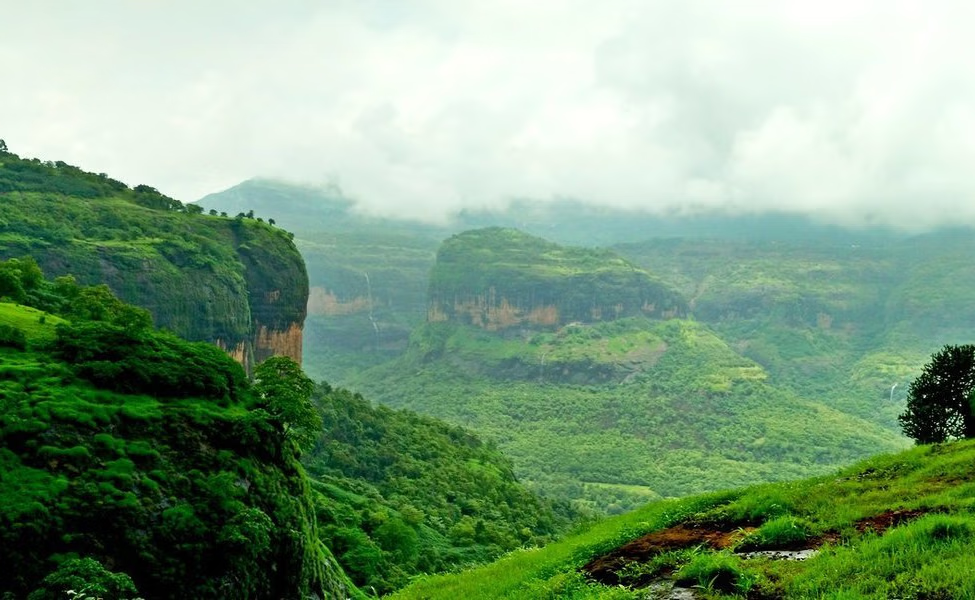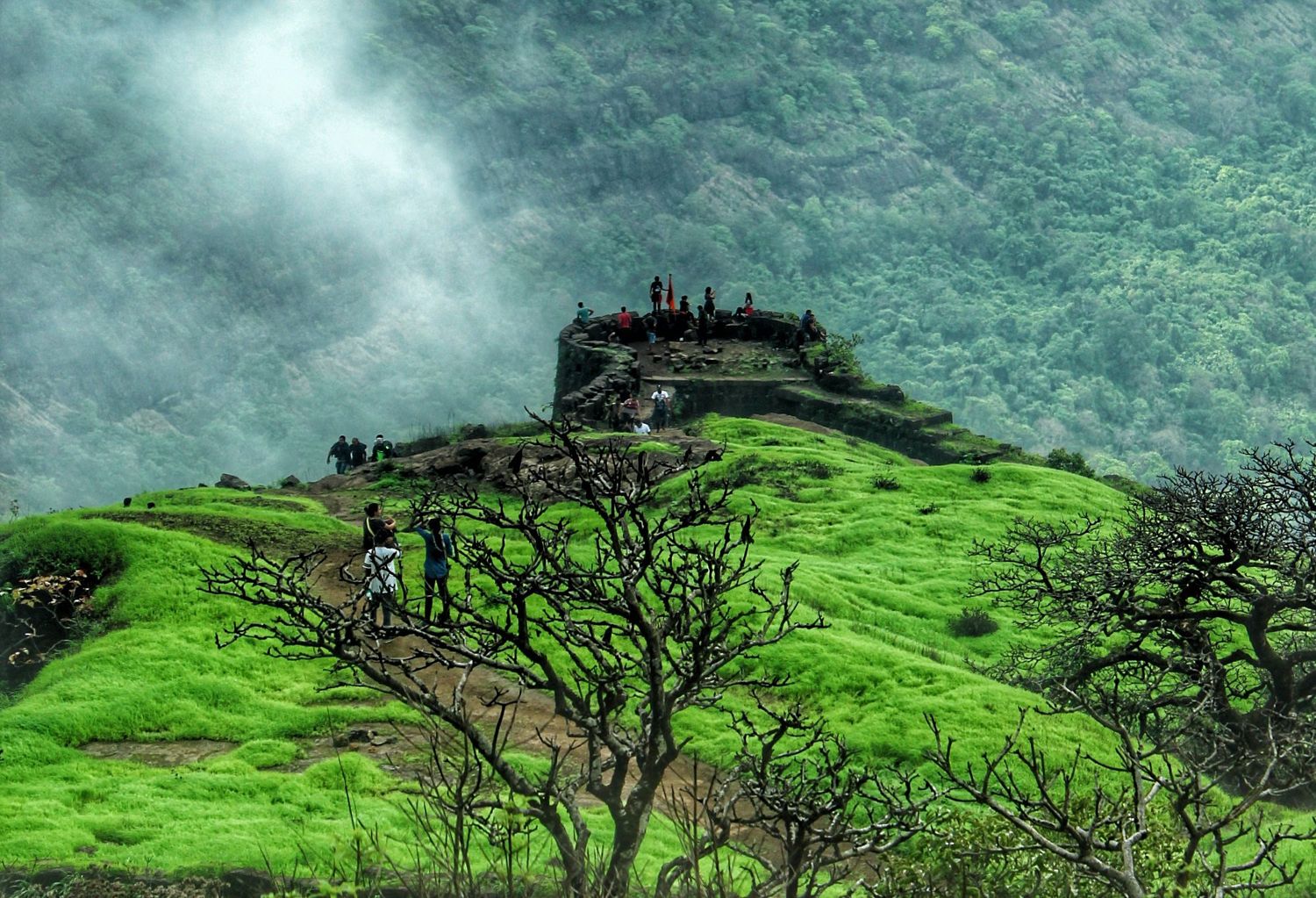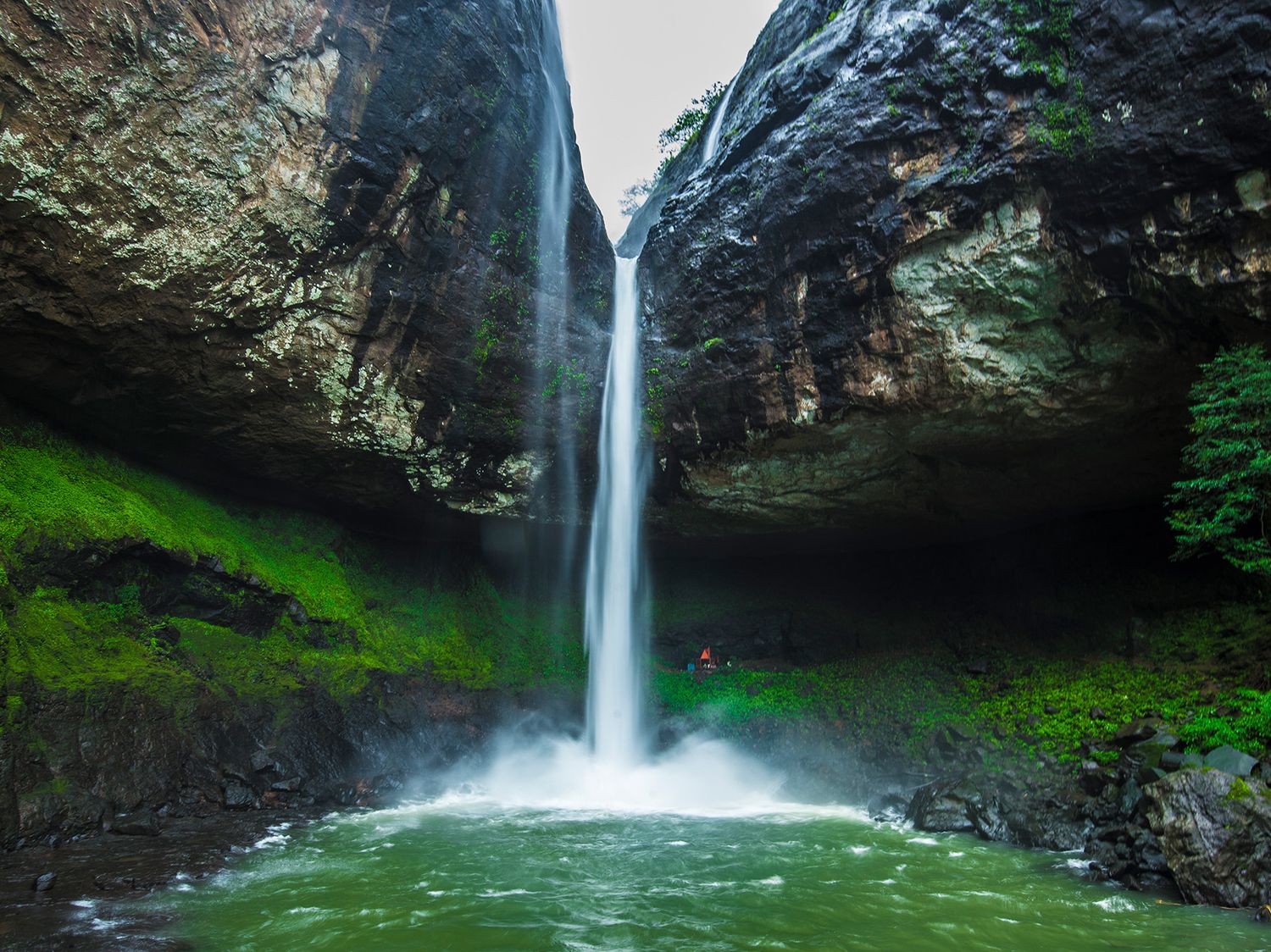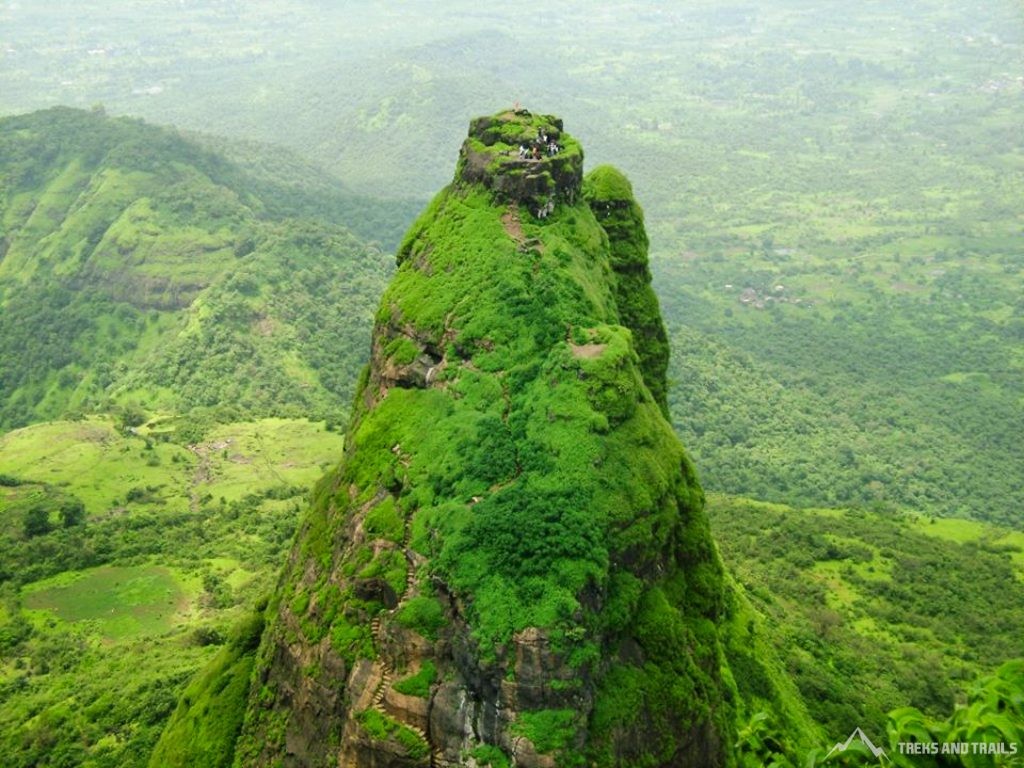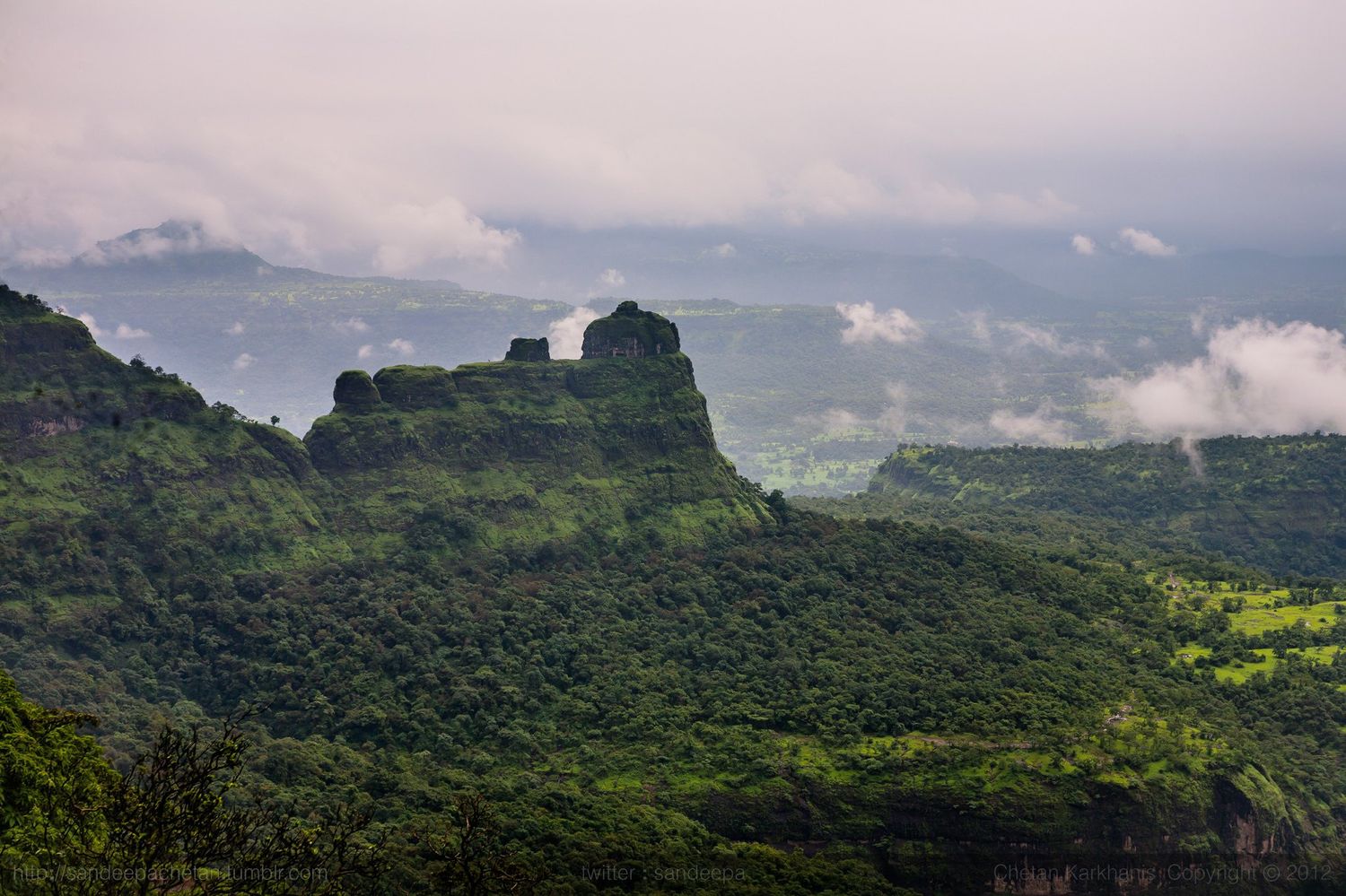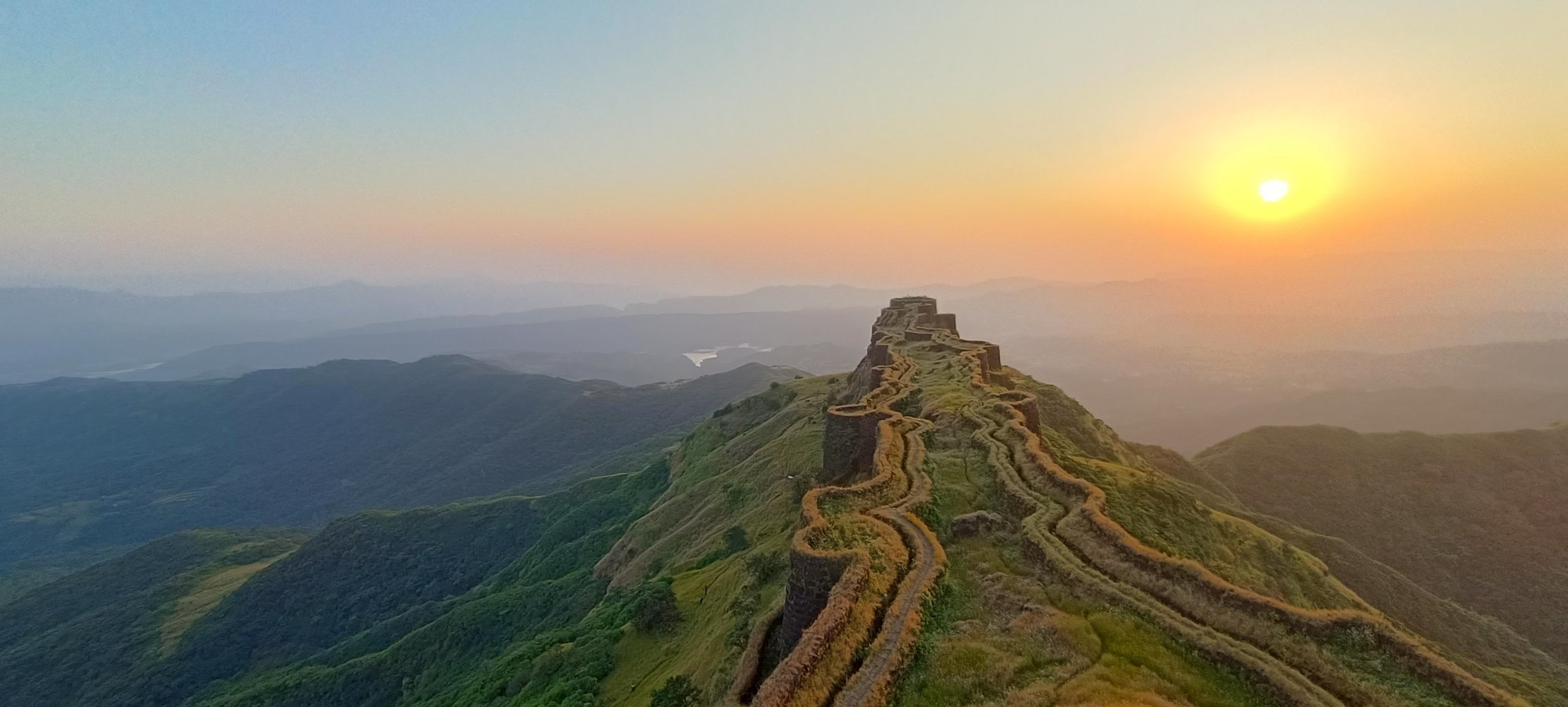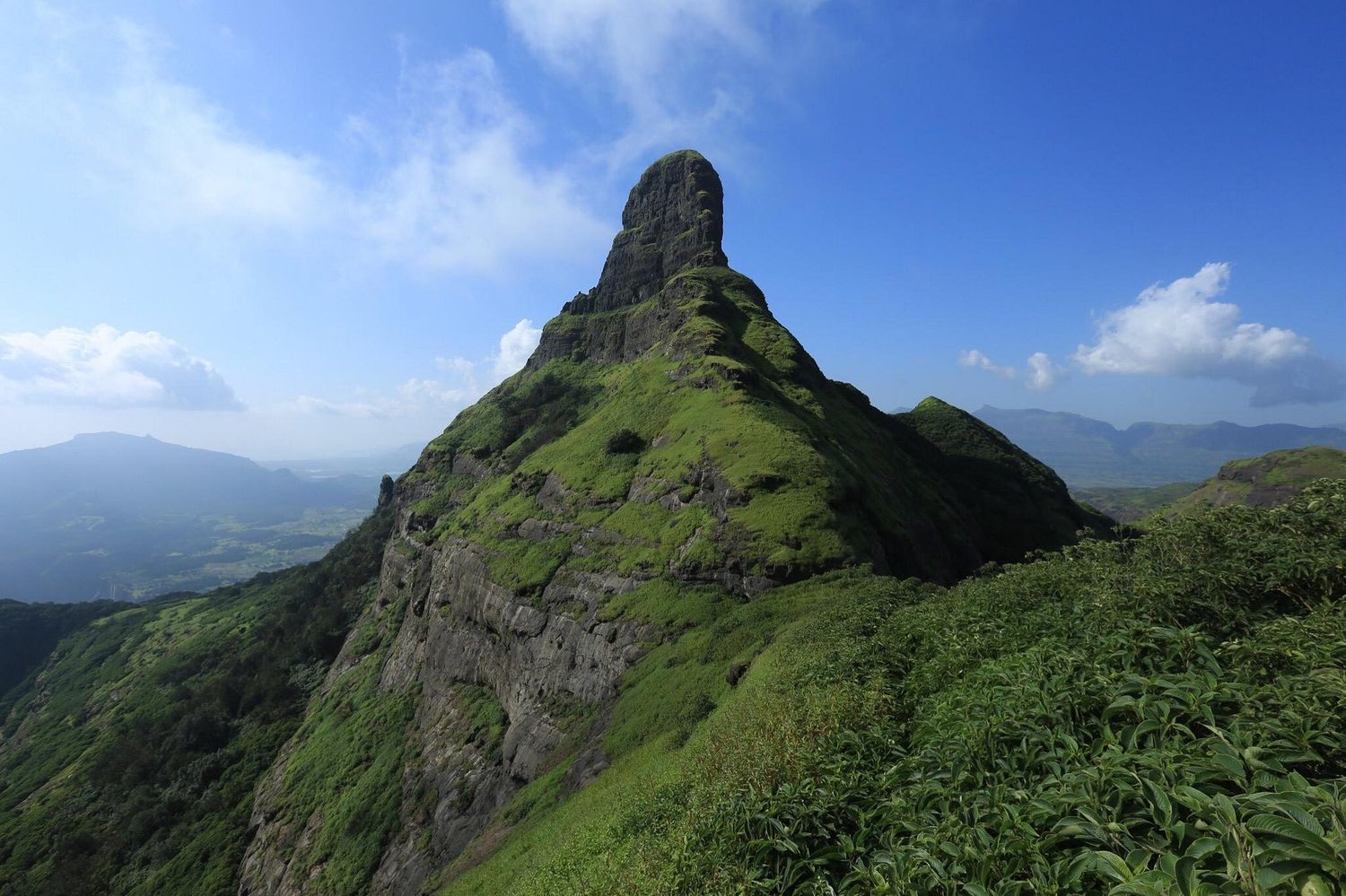Tung Fort Trek: The Jewel of Pawna Lake
Tung Fort, also known as Kathingad, is one of the most scenic treks in the Sahyadris. Standing tall at 3,526 ft, the fort offers a commanding view of Pawna Lake and the surrounding forts of Lohagad, Tikona, and Visapur. Despite its modest height, the trek is steep and adventurous, making it a favorite among weekend trekkers from Pune and Mumbai. Its unique conical peak, lush monsoon trails, and panoramic vistas make Tung Fort a rewarding short trek.
History of Tung Fort
Tung Fort was built around the 1600s and was later captured by Chhatrapati Shivaji Maharaj. Its strategic location made it a watchtower overlooking Pawna Lake and nearby forts. The fort, though small, holds remnants of fortifications, water cisterns, and temples.
Trail and Trek Experience
The trail begins from Tungwadi village and climbs steeply through rocky patches and narrow ridges. While the trek is short, the steep ascent tests stamina. At the top, trekkers are rewarded with sweeping views of Pawna Dam backwaters, Tikona Fort, and Lohagad.
Highlights of the Trek
- Conical peak offering 360° views
- Stunning scenery of Pawna Lake
- Historical significance as a Maratha outpost
- Quick yet adventurous weekend trek
- Ideal for monsoon lushness and winter clarity













